ANIMALS
20 ‘Pointless’ Animals That Actually Have Important Day Jobs
Published
1 month agoon
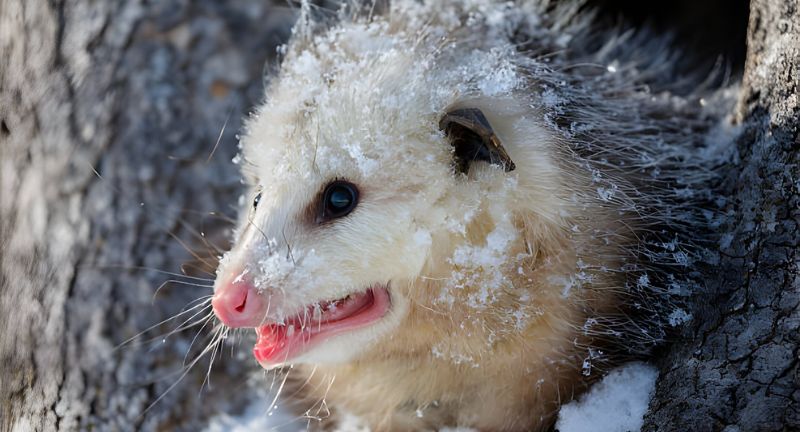
Shutterstock
At first glance, some creatures appear to contribute little, if anything, to the ecosystems they inhabit. From blood-sucking pests to deep-sea oddities, these animals often get dismissed as useless or even harmful. However, every organism, no matter how strange or misunderstood, plays a role in maintaining the delicate balance of nature. Many of these overlooked species serve critical functions, such as pollination, pest control, or nutrient cycling. Let’s take a closer look at 20 creatures that might seem pointless—but actually make a surprising impact on the world around them.
Mosquitoes: More Than Just Bloodsuckers
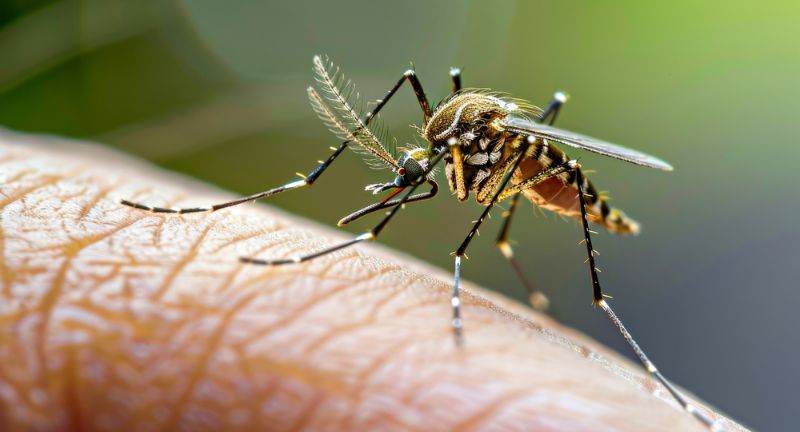
Shutterstock
Mosquitoes are often viewed as pesky insects that exist solely to ruin summer evenings. However, they play a critical role in many ecosystems. Mosquito larvae are a vital food source for fish, frogs, and other aquatic organisms. Additionally, adult mosquitoes help pollinate flowers, including the cacao plant, making them essential for chocolate production.
Ticks: Nature’s Underrated Meal
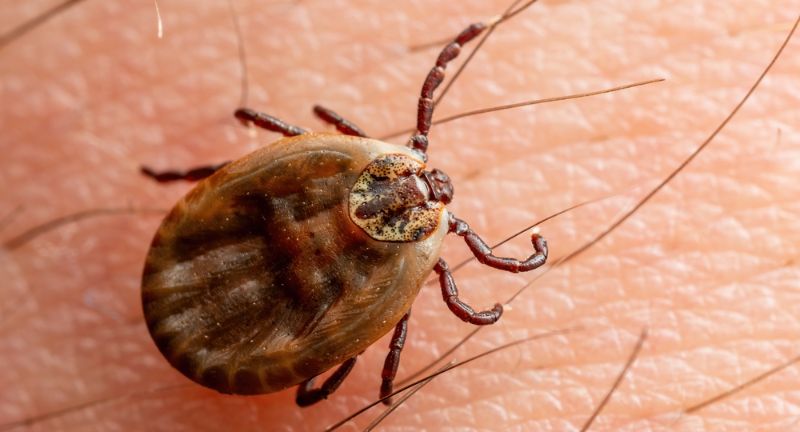
Shutterstock
Ticks are commonly associated with disease and discomfort, but they have an ecological purpose. They serve as a crucial food source for a variety of animals, including birds, reptiles, and amphibians. While their parasitic nature makes them unwelcome guests, they help maintain predator-prey relationships. Their presence can also indicate environmental health or imbalance.
Naked Mole-Rats: Underground Engineers
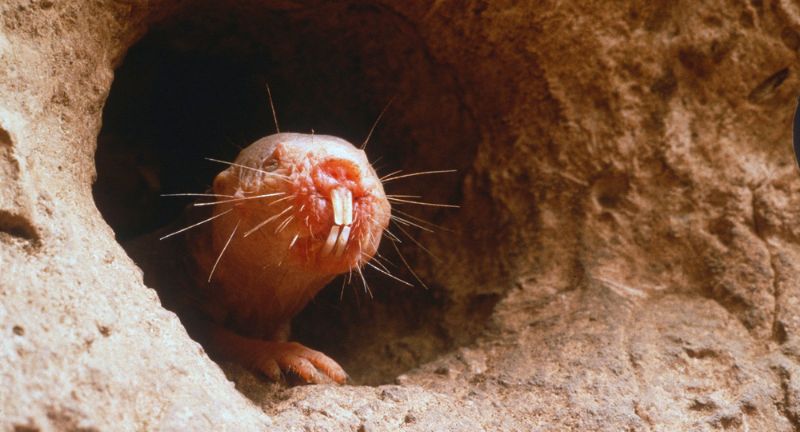
Shutterstock
Naked mole-rats may look odd, but their underground lifestyle benefits ecosystems. Their extensive tunneling aerates the soil, improving water infiltration and nutrient cycling. By dispersing seeds underground, they also aid in plant growth. These creatures provide valuable insights into cancer research due to their unique resistance to the disease.
Jellyfish: Silent Ocean Custodians
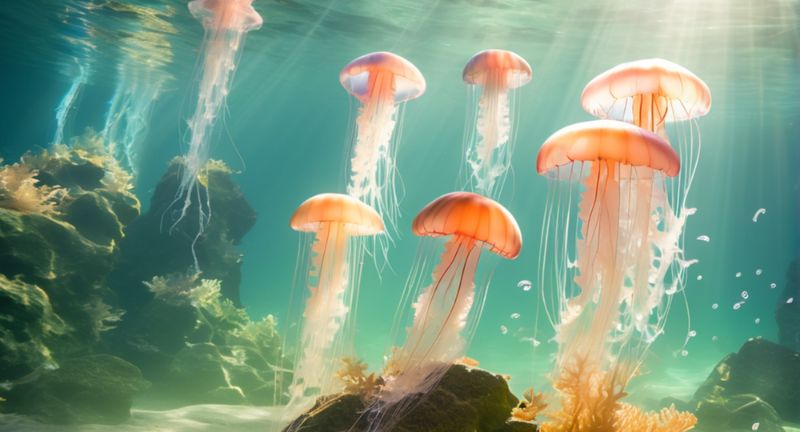
Shutterstock
Jellyfish are often seen as aimless drifters, but they have a significant ecological impact. They serve as prey for sea turtles and sunfish, supporting marine food webs. Jellyfish blooms also transport carbon to the ocean floor, helping regulate atmospheric carbon dioxide. Their presence can signal changes in ocean health, including rising temperatures and pollution.
Leeches: Nature’s Medical Marvels
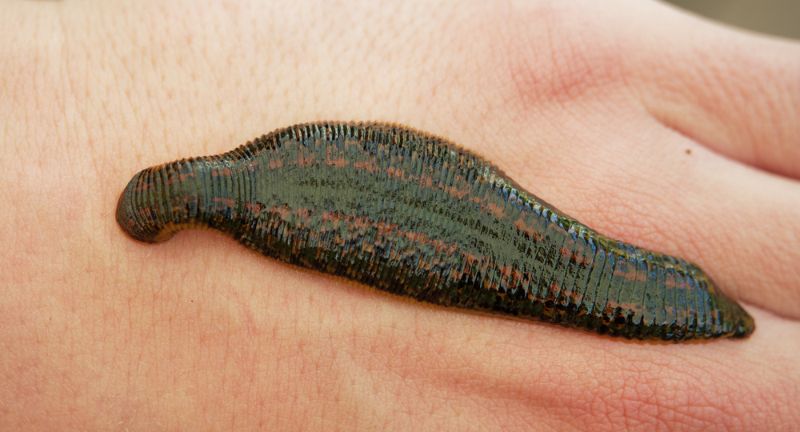
Shutterstock
Leeches are often dismissed as bloodthirsty parasites, but they play essential roles in aquatic environments. As scavengers, they help break down organic material, facilitating nutrient recycling. Medicinal leeches are still used today in microsurgery to improve blood circulation and aid healing. Their presence in water bodies can indicate clean, unpolluted conditions.
Sloths: Slow Movers, Big Impact
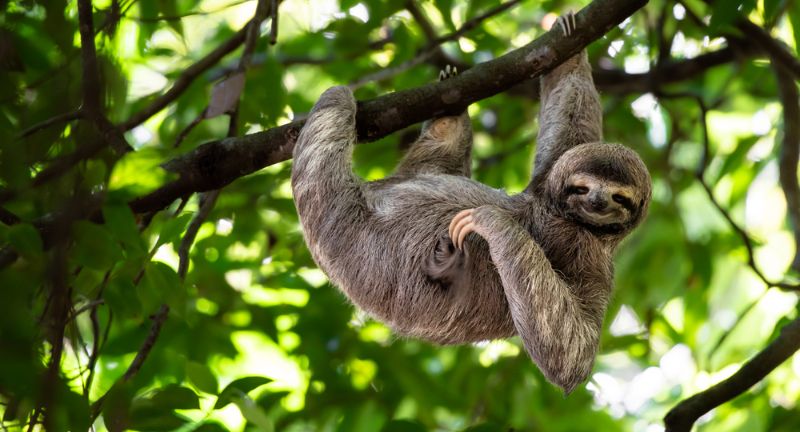
Shutterstock
Sloths might seem like lazy animals, but they have surprising ecological importance. Their slow movements prevent them from attracting predators, while their fur hosts algae that help fertilize rainforests. By moving between trees, sloths disperse seeds and promote forest regeneration. Additionally, their diet helps control certain plant populations.
Wasps: Nature’s Pest Controllers
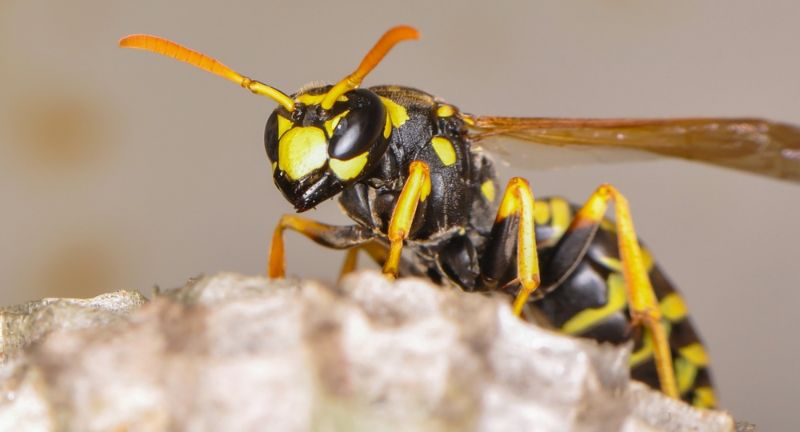
Shutterstock
Wasps are often feared for their painful stings, but they provide crucial pest control services. Many wasp species prey on crop-damaging insects, reducing the need for pesticides. Additionally, some wasps pollinate plants, including fig trees. Their aggressive behavior is part of their ecological niche, deterring potential predators.
Moles: Subterranean Soil Engineers
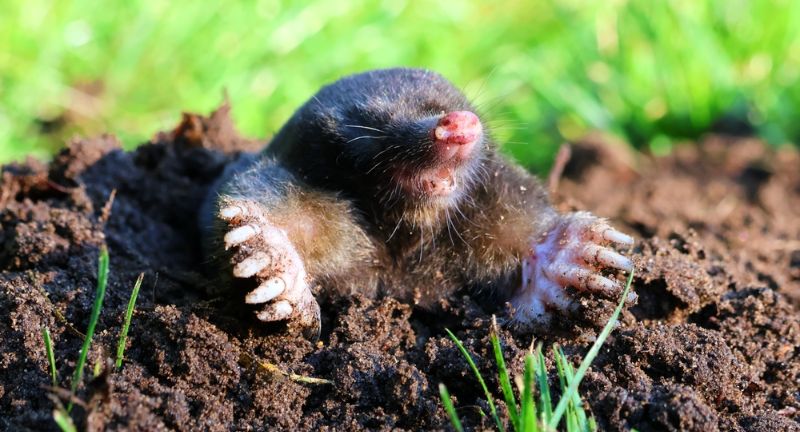
Shutterstock
Moles may destroy lawns, but their digging actually benefits the soil. Their tunnels aerate the ground, enhancing root growth and water absorption. Moles also control insect populations by feeding on grubs and larvae. In natural environments, their burrows create habitats for other small creatures.
Pigeons: City Clean-Up Crews
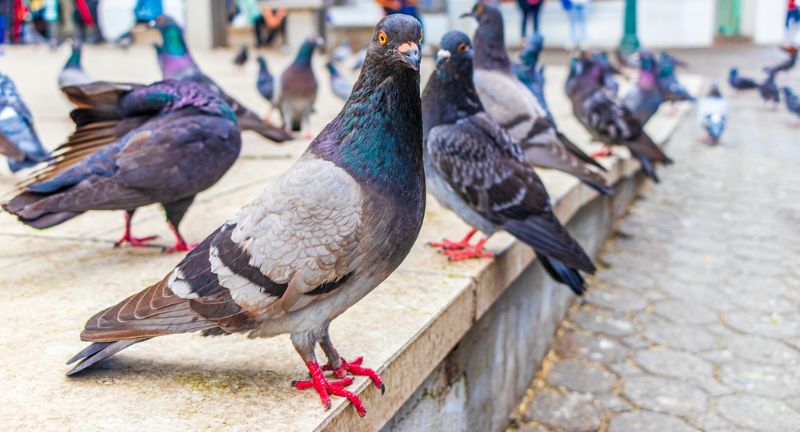
Shutterstock
Pigeons are often dismissed as “rats with wings,” but they help clean up urban environments. By consuming leftover food, they reduce waste that could attract more harmful pests. Historically, pigeons were vital for communication and food. Today, they also serve as prey for birds of prey like hawks and falcons.
Vultures: Disease Prevention Experts
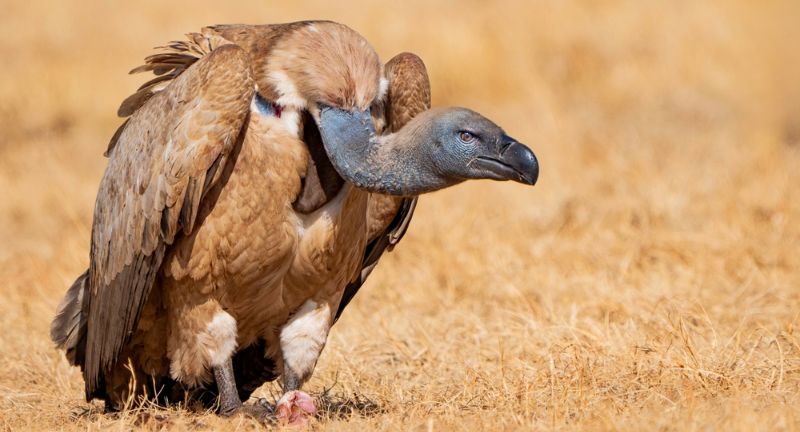
Shutterstock
Vultures, with their bald heads and scavenging habits, are often misunderstood. These birds play a crucial role in ecosystems by consuming carrion, preventing the spread of diseases like anthrax and rabies. Their acidic stomachs can neutralize harmful pathogens. Without vultures, carcasses would rot longer, leading to environmental hazards.
Opossums: Unsung Pest Fighters

Shutterstock
Opossums may look scruffy, but they’re nature’s pest control experts. A single opossum can consume thousands of ticks each season, reducing Lyme disease transmission. They also eat garden pests like slugs and cockroaches. Additionally, opossums clean up dead animals, helping to keep ecosystems clean.
Earwigs: Composting Assistants
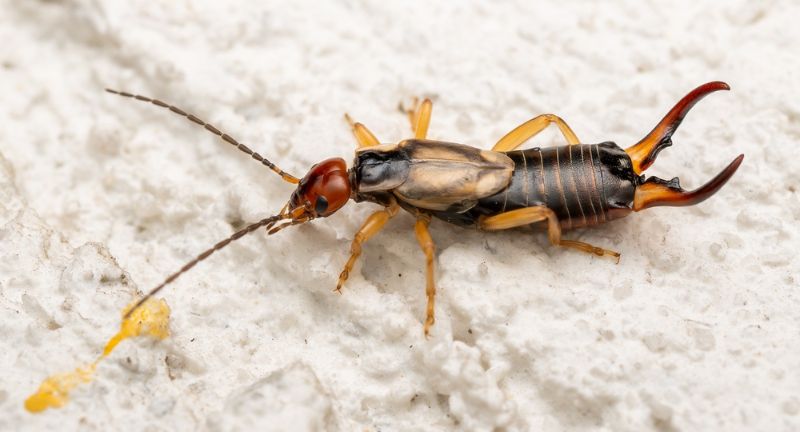
Shutterstock
Earwigs, despite their intimidating pincers, help decompose organic material. These insects consume decaying plant matter, contributing to nutrient cycling in soil. Some species also prey on aphids, which can damage crops. While they occasionally invade homes, their ecological benefits outweigh their nuisance factor outdoors.
Blobfish: Deep-Sea Stabilizers

Shutterstock
Blobfish, often labeled the world’s ugliest fish, play an important ecological role. In their deep-sea habitats, they feed on crustaceans, helping maintain population balance. By scavenging the ocean floor, they aid nutrient recycling. Their survival adaptations provide insights into life under extreme pressure.
Krill: Oceanic Powerhouses
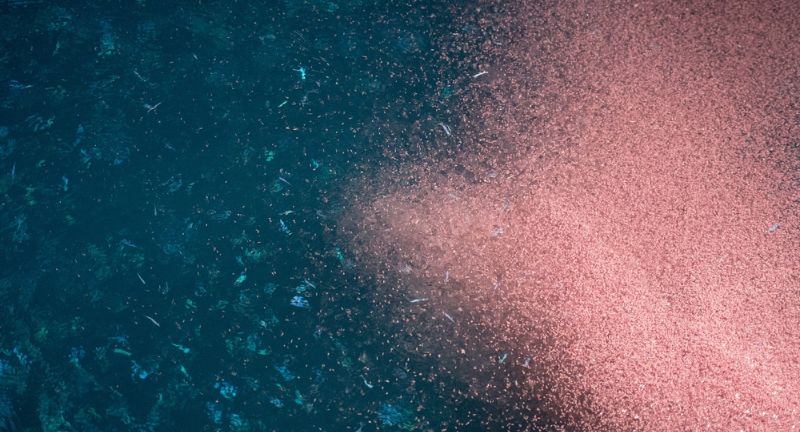
Shutterstock
Krill may be tiny, but they form the backbone of many marine ecosystems. They are a primary food source for whales, seals, and penguins. By consuming phytoplankton and releasing carbon-rich waste, they contribute to carbon sequestration. Without krill, many marine species would struggle to survive.
Cockroaches: Nature’s Clean-Up Crew
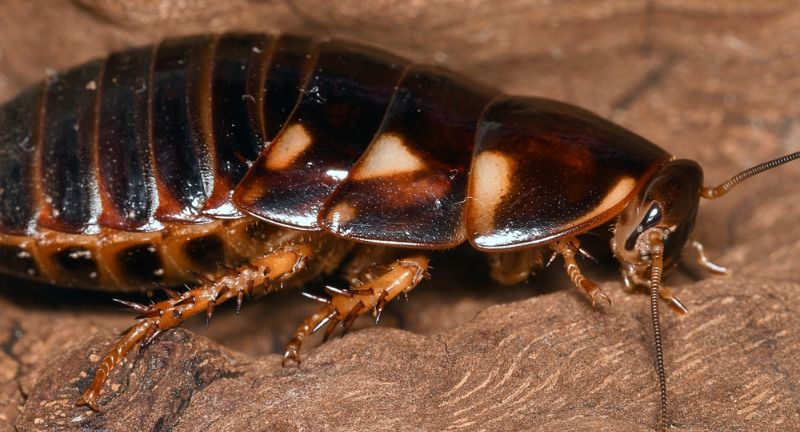
Shutterstock
While household cockroaches are unwelcome, wild species are crucial for ecosystems. They break down decaying organic matter, recycling nutrients into the soil. Cockroaches also serve as a food source for birds and amphibians. Their role in nutrient cycling supports plant growth in forests and grasslands.
Silverfish: Ancient Decomposers
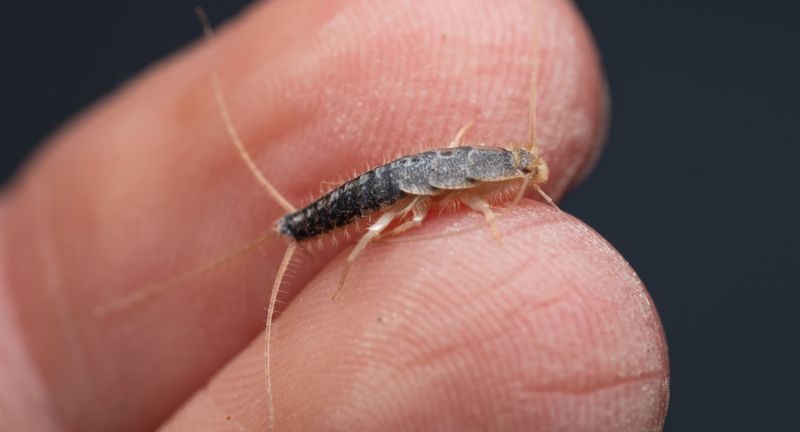
Shutterstock
Silverfish, though notorious for damaging books, have a role in nature. These primitive insects consume starches and help decompose plant matter. In the wild, they recycle nutrients back into the soil. Their presence indicates humid conditions, which can warn of potential water damage.
Shrews: Insect Population Controllers

Shutterstock
Shrews may resemble mice, but their high metabolism makes them voracious insect predators. They feed on beetles, caterpillars, and other pests, helping protect plants. Their digging also aerates soil, improving plant growth. Additionally, shrews serve as prey for larger predators like owls and foxes.
Spiders: Silent Pest Managers
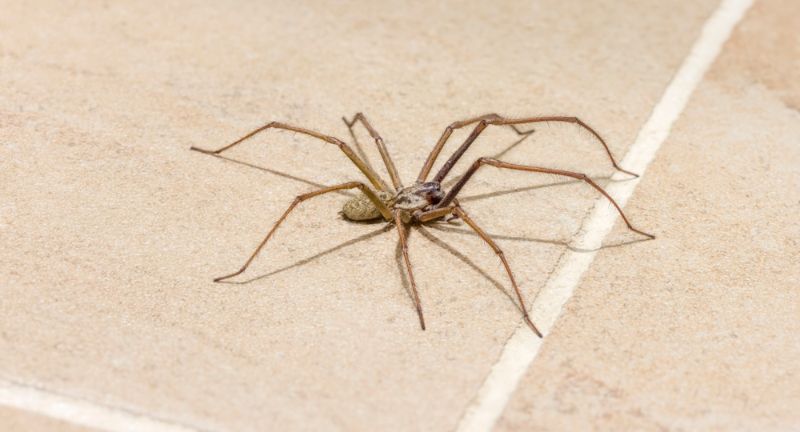
Shutterstock
Spiders evoke fear in many people, but they perform invaluable pest control. They feed on mosquitoes, flies, and other insects, reducing disease transmission. Spider silk also has fascinating applications in medicine and engineering. In nature, spiders maintain ecological balance by regulating insect populations.
Lampreys: Ancient Aquatic Stewards
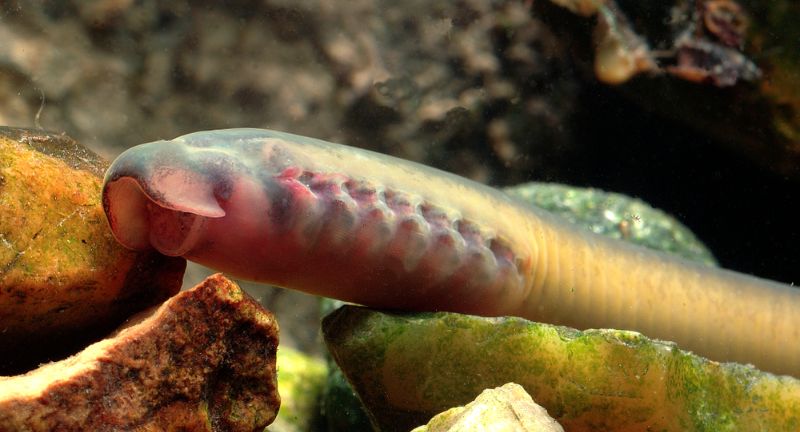
Shutterstock
Lampreys, often reviled for their parasitic behavior, are crucial to river ecosystems. In their native habitats, they help cycle nutrients by moving between saltwater and freshwater environments. Their larvae filter water, improving clarity and quality. Invasive populations cause problems, but native lampreys maintain aquatic biodiversity.
Conclusion
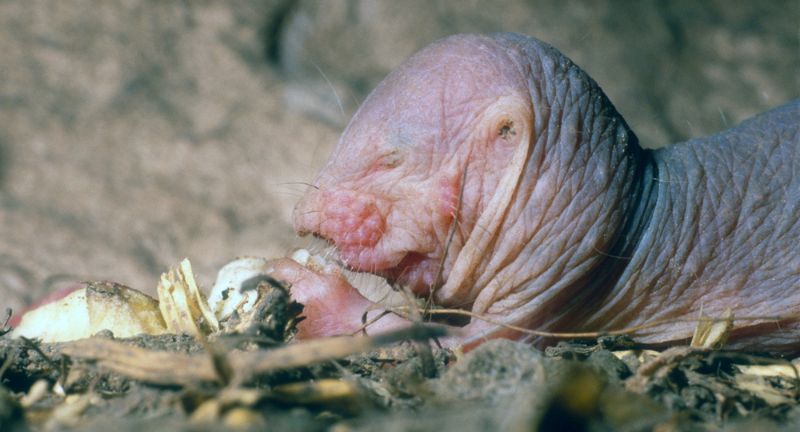
Shutterstock
While some creatures may seem to lack a clear purpose, nature rarely creates anything without reason. From insects that assist with decomposition to marine animals that support oceanic ecosystems, these unsung heroes quietly contribute to the world around us. Understanding the roles of these misunderstood species helps us appreciate the intricate web of life that sustains our planet. The next time you encounter a seemingly pointless animal, remember that it might have a hidden job in nature’s grand design. After all, in the ecosystem, every creature counts—even the ones we often overlook.
More Amazing Animals+
-
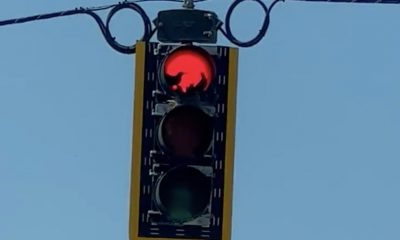

Mama bird feeding her babies in their traffic light nest…
-
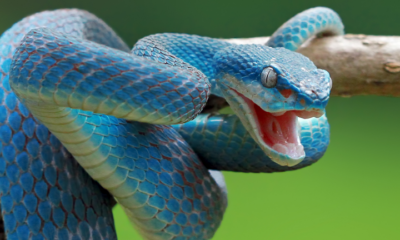

12 Of The Deadliest Snakes In The World
-
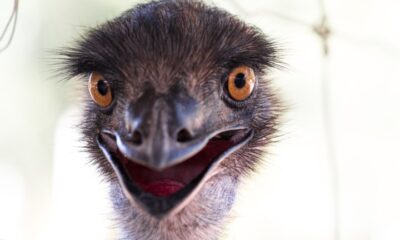

Why Your Going To Want To Know More About Emus
-


These are the snacks experts say cats are really into…
-
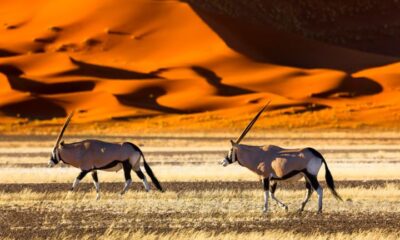

24 Wildlife Conservation Sanctuaries Around The World
-
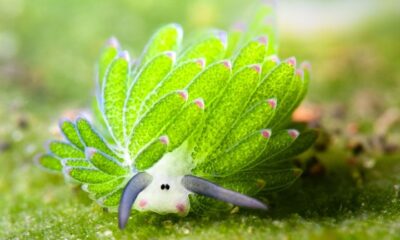

28 Most Colorful Critters From Around The World
-


Dogs at polling stations in Oldham, England, Absolute chaos here…
-
15 Fun Facts About Americas Favorite Baby Hippo – Moo…
-


A Woman Recieves a Surprise Gift in the Air After…
-
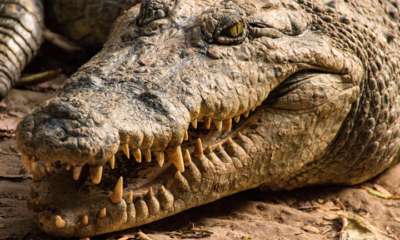

17 Scariest Animals Still Roaming The Planet Today
-
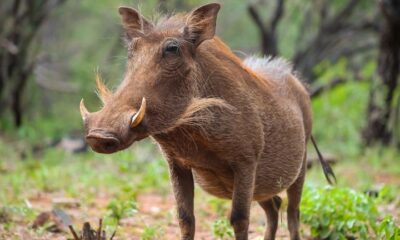

22 Disney Characters As Real Life Animals
-
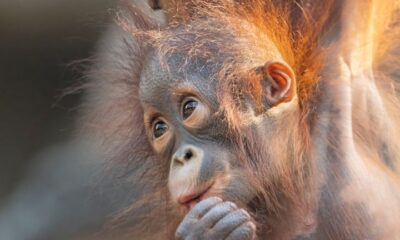

20 Irresistibly Cute Baby Orangutans And Fun Facts About Them
